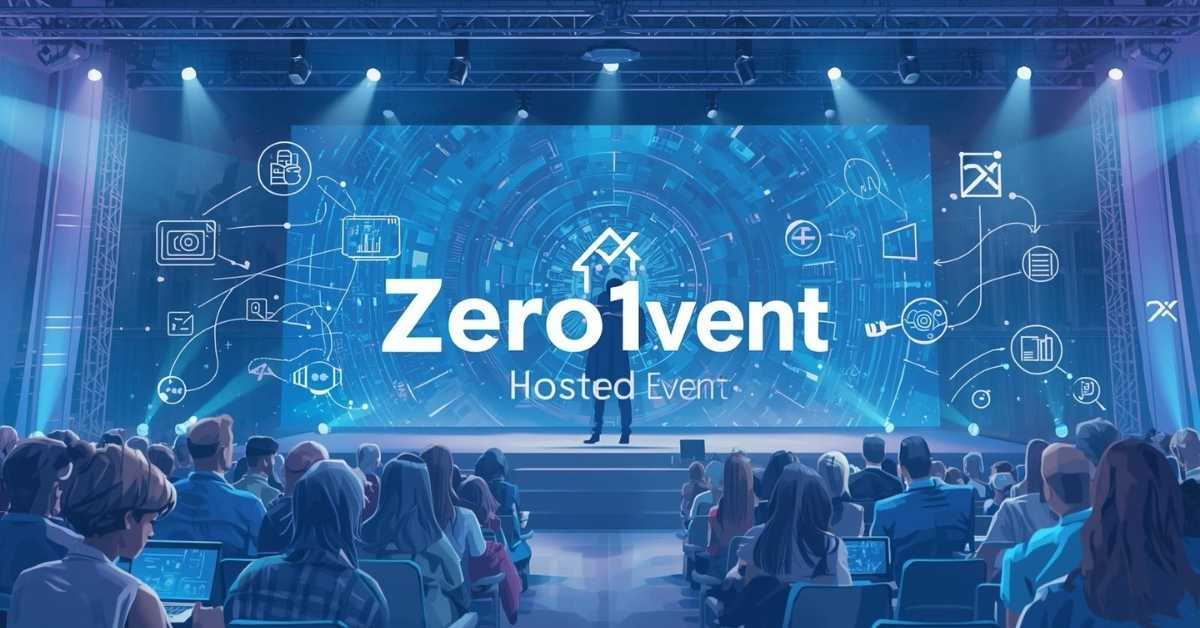Struggling to keep up with which emerging technologies are genuinely worth your time? It’s exhausting to sift through the hype to find the practical insights that will actually impact your projects. This recap of the hosted event Zero1vent gives you five immediately actionable tech strategies to future-proof your skills and build with confidence.
1. Move Beyond AI Hype to a Strategic AI Stack
The conversation at this tech conference has matured from “should we use AI?” to “how do we use it wisely?” The biggest takeaway was the critical shift from using a single, powerful LLM for everything to building a cost-effective and efficient AI architecture.
- Implement an Intelligent Model Router: Don’t let API costs spiral. The smart approach is to use a routing layer that directs tasks to the most suitable model. Use a powerful model like GPT-4 for creative tasks, but switch to a smaller, cheaper, specialized model for summarization, code generation, or data extraction.
- Actionable Step: Audit one feature in your application that uses AI. Benchmark its performance and cost against a smaller, open-weight model from a platform like Hugging Face. The savings in your cloud infrastructure bill could be significant.
2. Turbocharge Development with a Developer Experience (DX) Focus
A recurring theme from scaling startups was that developer productivity is a direct competitive advantage. If your internal processes are slow, your product will be slow to market.
- Adopt the 5-Minute Onboarding Rule: One lead engineer shared their core principle: any new developer should be able to clone the repo and be debugging code in a production-like environment within five minutes. This is achieved through robust, containerized development environments using Docker and Dev Containers.
- Actionable Step: Time your own onboarding process. If it takes more than 15 minutes, prioritize fixing it. This investment in developer tools pays compounding returns in team velocity and morale.
3. Architect for Scale with Pragmatic Monoliths
The “microservices-first” dogma is being challenged. A compelling narrative at the software development event was the strategic return to modular monoliths for early-stage companies.
- Avoid Premature Complexity: Engineers shared stories of being crushed by the operational overhead of dozens of microservices before achieving product-market fit. A well-structured monolith allows you to understand your domain before making costly distributed commitments.
- Actionable Step: Before breaking your application apart, ask “why” five times. Often, the solution is to refactor into clear bounded contexts within a monolith. The cost of breaking a service out later is lower than the cost of managing a complex distributed system too early.
4. Build Composable Data Stacks, Not Monolithic Warehouses
The era of the single, massive data warehouse is evolving. The new best practice is composable data, where you assemble best-in-breed tools for each part of your pipeline.
- Assemble a Modern Data Pipeline: A common pattern discussed was using Airbyte or Fivetran for ingestion, dbt (data build tool) for transformation within the warehouse, and Cube for serving consistent metrics via an API. This creates a flexible and powerful data engineering ecosystem.
- Actionable Step: Design your data stack for swappability. Choose specialized tools with open APIs over all-in-one platforms that lock you in. This future-proofs your data strategy.
5. Ship Real-Time Collaboration as a Standard Feature
Real-time features are no longer a luxury. A live-coded session demonstrated how accessible they have become, building a collaborative pixel-art board in under 30 minutes using PartyKit and React.
- Lower the Barrier to Real-Time: With modern libraries and protocols like WebSockets and Y.js, adding collaborative editing, live cursors, or synchronized state is a feasible project for any team, not just tech giants.
- Actionable Step: Review your product’s core workflow. Identify one step that would be 10x better if it were collaborative. Prototype it; you’ll find the web development libraries make it easier than you think.
Conclusion: A Blueprint for Modern Tech Execution
The hosted event Zero1vent proved that the tech industry’s focus is shifting decisively from theory to pragmatic execution. The key takeaway isn’t a list of shiny new tools, but a mindset: build strategically, optimize for your team’s velocity, and choose architecture based on real needs, not trends. By applying these five strategies—from a smart AI stack to a relentless focus on DX—you can stop chasing hype and start building software that is resilient, scalable, and genuinely ahead of the curve.
FAQ’s
What was the main focus of the Zero1vent conference?
Zero1vent focused on the practical intersection of software development, startup scalability, and emerging tech trends like AI and data engineering, with a strong emphasis on actionable takeaways over theoretical concepts.
Who should attend Zero1vent?
The event is ideal for software engineers, tech leads, engineering managers, and founders who are hands-on with technology and want to make grounded decisions about their architecture, tools, and product strategy.
How is the “Modular Monolith” different?
A modular monolith is a single codebase that is intentionally structured into separate, well-defined modules or bounded contexts. This maintains the simplicity of a monolith while providing a clear path to split into microservices later, if and when it becomes necessary.
What are the best tools for improving Developer Experience (DX)?
Core tools include Docker for consistent environments, Dev Containers for seamless onboarding, and a robust CI/CD pipeline. However, the most important factor is a culture that prioritizes and invests in internal tooling and documentation.
Continue your learning journey. Explore more helpful tech guides and productivity tips on my site Techynators.com.

Hi, I’m James Anderson, a tech writer with 5 years of experience in technology content. I’m passionate about sharing insightful stories about groundbreaking innovations, tech trends, and remarkable advancements. Through Techynators.com, I bring you in-depth, well-researched, and engaging articles that keep you both informed and excited about the evolving world of technology. Let’s explore the future of tech together!








